From Brazil to China, how the rest of the world is trying to reopen their economies
As the United States continues its grand reopening experiment, easing coronavirus restrictions that have crippled the nation’s economy, other countries are also looking to return to the way life was before the arrival of the pandemic.
Of course, the virus has not yet run its course, and while many governments are hoping that the worst is over, lifting restrictions too soon poses risks. With global economic losses expected to top $5.8 trillion, however, it’s no secret why world leaders are eager for their citizens to get back to work.
Here’s a sampling of how different nations are attempting to reboot.
Brazil

Thanks to a feud with Brazilian President Jair Bolsonaro over whether to promote the use of hydroxychloroquine to treat the fast-growing number of COVID-19 cases there, Brazil’s top health official, Nelson Teich, resigned Friday. Bolsonaro, who, like President Trump, is a booster of the antimalarial drug that has shown poor results treating COVID-19 in clinical trials, had fired Teich’s predecessor less than a month ago amid a debate over whether Brazil should institute social distancing practices.
While Bolsonaro, like Trump, is urging citizens to return to normal life, Brazil is now recording more than 800 deaths per day, the New York Times reported. Only the United States has a higher daily number. Overall, more than 200,000 people have tested positive for COVID-19 in Brazil, and more than 14,000 have died from it.
Slovenia
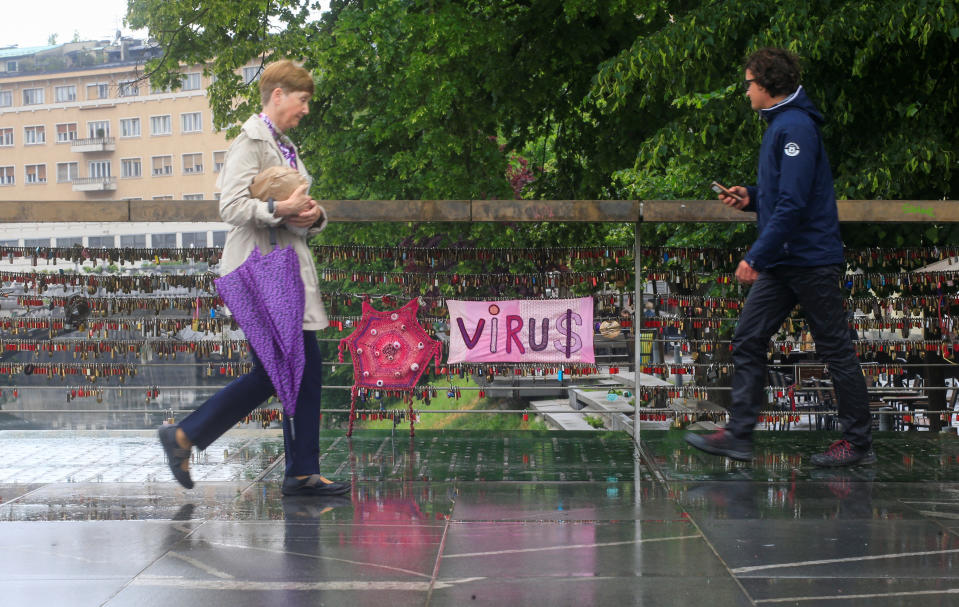
On Thursday, Prime Minister Janez Jansa declared that Slovenia “has tamed the epidemic” and has the “best epidemiologic picture in Europe.” In the last 14 days, Slovenia reported just 35 new cases of COVID-19. Overall, 1,460 people have tested positive for the virus and just 103 have died from it.
On Monday, some schools will reopen. International travel, as well as public transit, will resume. But the government will also continue to follow a routine of testing, contact tracing and isolation in order to make sure the virus doesn’t mount a resurgence.
Sweden
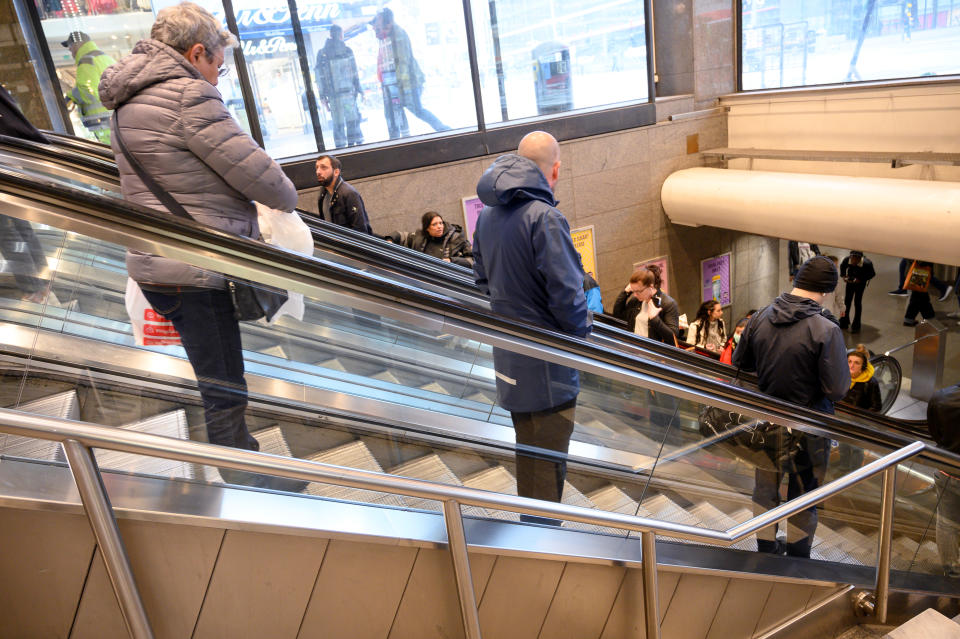
Unlike its European neighbors, Sweden never issued mandatory shelter-in-place orders for its citizens to try to slow the spread of the coronavirus. Social distancing was voluntary for its 10.2 million residents, and businesses and elementary and middle schools have largely remained open as the pandemic worked its way north from Italy and Spain.
While the government did ban public gatherings of more than 50 people, restricted bar service and forced high schools and universities to switch to online learning, the goal was to achieve herd immunity from the virus, which would necessitate at least 60 percent of the population catching it.
The thinking was that if a large percentage of the population could develop antibodies for COVID-19 while the most vulnerable citizens were kept in quarantine, the country would be better off as the search for a vaccine drags on. In reality, however, nearly half of Sweden’s 3,646 reported COVID-19 deaths have been of senior citizens living in assisted care. Sweden has also recorded more than three times the number of deaths reported in Norway, Denmark and Finland combined and has a higher death rate from the disease per capita than the United States.
Russia
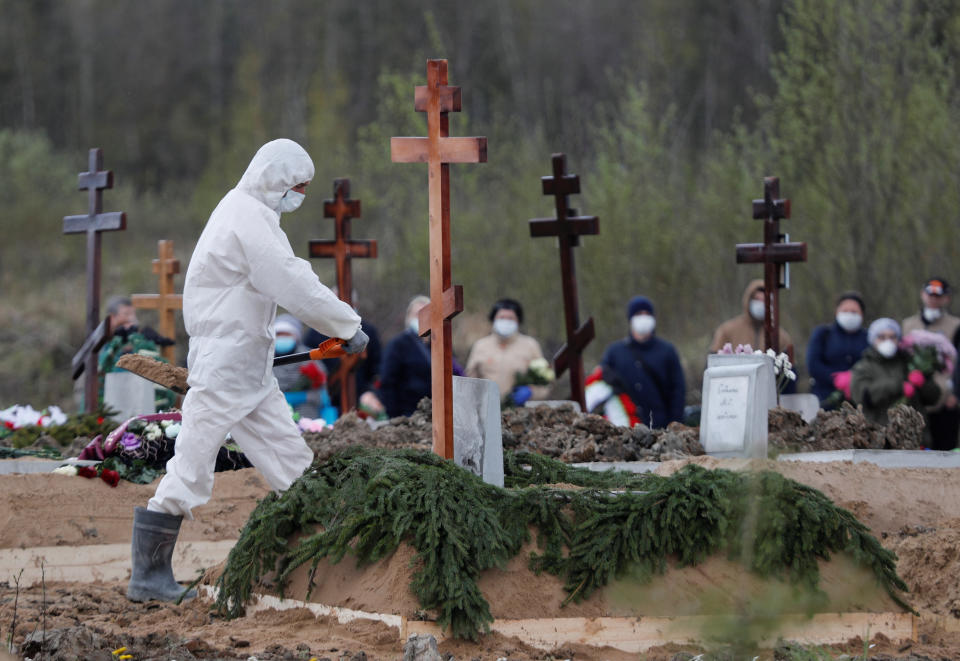
With at least 262,843 reported cases of COVID-19 as of Friday, Russia has leapfrogged nations like Spain, Italy and the U.K. to claim second place behind the U.S. for the most known infections from the virus. Yet Vladimir Putin’s government stands accused of drastically underreporting the number of deaths caused by the virus.
As of Friday, Moscow had tallied just 2,418 deaths. Russian health officials attribute the low death rate there to preparations put in place before the pandemic arrived. On Monday, Putin delivered a televised address to his country announcing the lifting of some restrictions. Large gatherings remained forbidden, and residents of Moscow must wear a mask and gloves when in public.
Germany
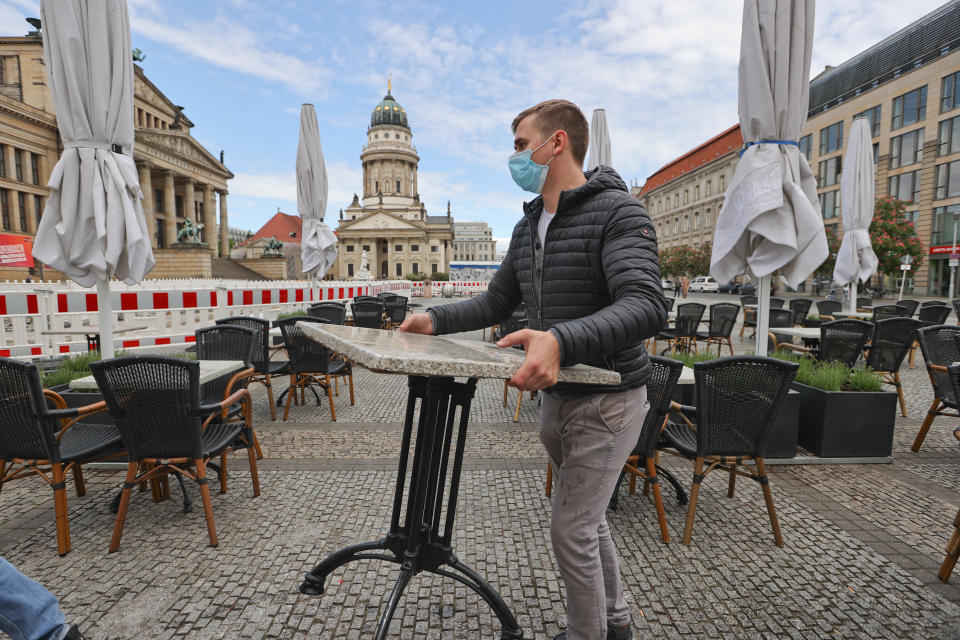
Restaurants and bars are set to reopen in Germany this weekend, and students will begin returning to classrooms. But the lockdown measures put in place to curb the spread of the coronavirus have already taken a severe economic toll. Official figures released Friday show that Germany’s economy — the largest in Europe — shrank by 2.2 percent in the first quarter of 2020, meaning it is now officially in a recession that is forecast to continue in the second quarter.
This week, new coronavirus cases and deaths continued to rise, with 927 new cases and 123 deaths reported on Wednesday. Despite warning that lockdown measures could be brought back if the infection rate rises, Chancellor Angela Merkel seems to have concluded that a modest increase in coronavirus statistics is an acceptable tradeoff to resuming economic activity.
China
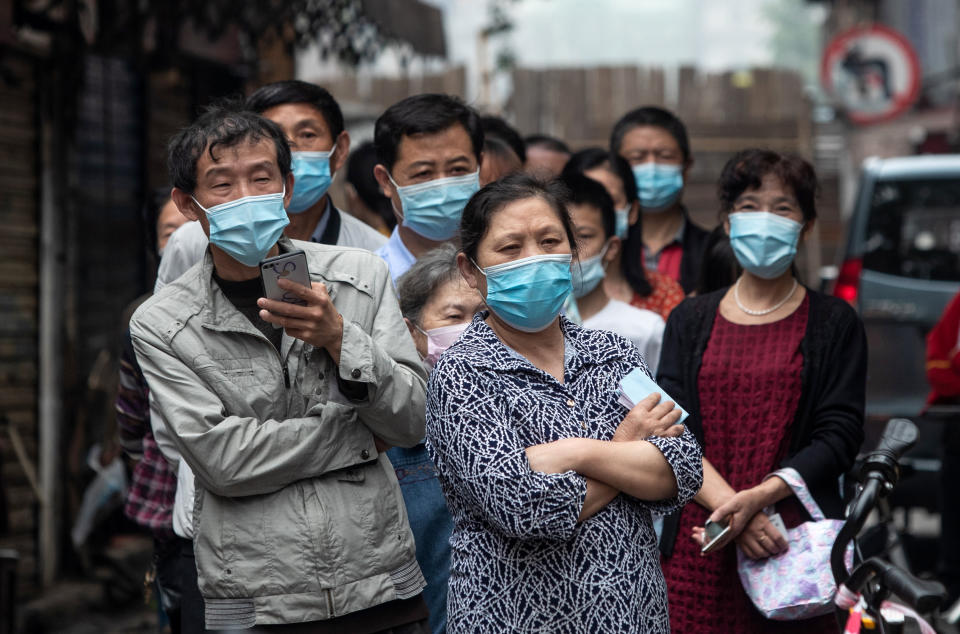
President Trump and officials on the coronavirus task force have stated that they don’t trust the Chinese government’s official tally of COVID-19 infections and deaths, which both appear to be extraordinarily low. To date, China has said more than 84,000 of its citizens have tested positive for the disease and 4,633 have been killed by it, a fraction of the more than 1.4 million cases and more than 86,000 deaths reported in the U.S.
While China has recently lifted many restrictions put in place in January to slow the spread of the coronavirus, the economic impact of the measures continues to be felt. In the first quarter of 2020, the country’s economy shrank for the first time since 1976.
Cover thumbnail photo: Daniel Cymbalista/Fotoarena/Sipa USA via AP
_____
Click here for the latest coronavirus news and updates. According to experts, people over 60 and those who are immunocompromised continue to be the most at risk. If you have questions, please refer to the CDC’s and WHO’s resource guides.
Read more:
Obama says in private call that 'rule of law is at risk' in Michael Flynn case
Yahoo News/YouGov coronavirus poll: Almost 1 in 5 say they won't get vaccinated
Army scientists working on vaccine had long feared emergence of new coronaviruses
Flight attendants see a very different future for airplane travel in the age of coronavirus



